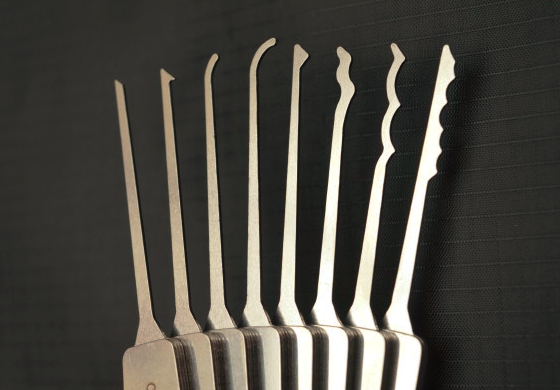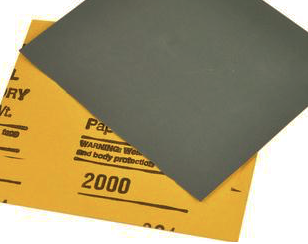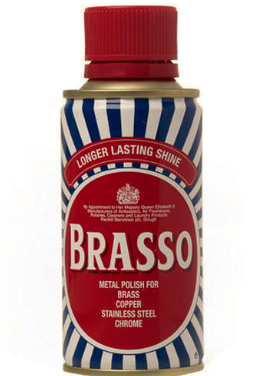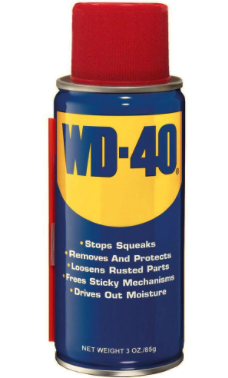How to polish and finish lockpicks

Why polish picks?
The manufacturing of lock picks can sometimes leave rough or extremely blunt edges on the heads and shafts of your pick.
When you then place your pick in the lock, these rough/blunt edges are catching on the driver pins and lock internals. This not only removes a lot of feel from the picks, but your tools may catch on the lock internals, and result in a number of problems from catching other components, over-lifting, and increased biting.
Filing and sanding your picks to remove rough and blunt edges, results in a much smoother and easier experience in navigating the lock internals; where as a decent finish and polish will increase the feedback of the pick at your finger tips - thus improving your knowledge and technique on attacking locks.
Materials
To complete this project, all that’s required are various grits of sandpaper, some metal polish, some oil, a small amount of WD-40, a strong elbow, time and patience.
 |
 |
 |
We recommend using sandpaper in grits up to 2000 or even 3000. How high you want to go depends on how meticulous you are. We would personally start off with a 600 grit paper and work up to either 1500 to 2000. Anything beyond 2000 we find to be overkill. However, your preference may vary.
Process
Begin to sand the pick, being sure to evenly cover the surface. As you progress, sand out all the marks from the previous grit papers. This does not take much effort. Be careful not to over sand the pick and make it paper-thin.
We find that a small amount of oil on the sandpaper helps reduce the appearance of a cloud of metal particles in the air that can irritate your chest and eyes. So your probably best doing this in a well ventilated area or outside. You could also try wearing eye-goggles and face mask to reduce the chances of personal injury.
When you reach the really fine sandpaper grits your pick should look shiny. Now it’s time to break out the metal polish. This polish can burn your skin, so be careful and use protection. The polish also has a strong ammonia smell. It’s probably best to do this part outdoors. Rub the polish in, wipe it off, and repeat until you are satisfied with the finish.
After completing the metal polish, I recommend placing a small amount of WD-40 on your finger tip and wiping the pick down. This will provide some extra protection against rust. When cared for in this manner, you should rarely find rust on your pick. If you do, you should be able to simply wipe it off.
Disclaimer
Netscylla or its staff cannot be held responsible for any abuse or personal injury relating from this blog post. It is illegal to attempt unauthorised access on any lock you do not personally own, or have explicit permission in writing from the owner! If in doubt contact your local authority or local lock-sport community for additional advice.
Share on: